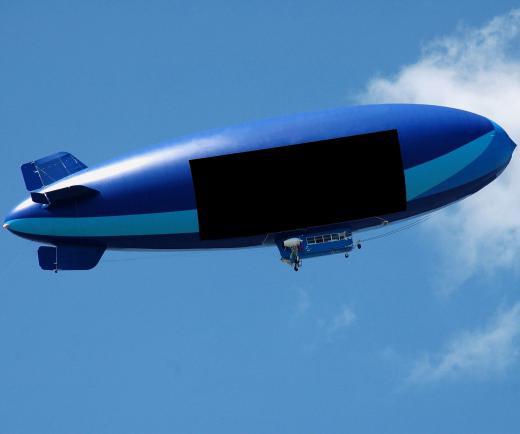What are Some Failed Technologies?
 Michael Anissimov
Michael Anissimov
A failed technology is a technology that at one point may have seemed promising, but subsequently failed to live up to its expectations or maybe even failed entirely. There are far more successful technologies than failed ones, as people tend not to spend very much time or money on a technology if it is likely to fail. Technologies do fail on occasion, however.
One example of a failed technology is wireless power. Nikola Tesla, inventor of the alternating current, once envisioned gigantic power stations which would give the Earth's crust such an electric charge that one could obtain power simply by plugging into the ground. Tesla spent millions on this vision, building an electrical tower so powerful that the fields around it glowed when it was turned on. Yet this tower ended up being little more than a curiosity. It was dismantled when Tesla sunk into debt. To this day, no effective means of wireless power transmission yet exists, and it may never.

A technology which has experienced a long period of failure is the airship. Once hailed as the ideal flying machine during the "Golden Age of Airships" between 1900 and 1937, airship construction all but ceased after the Hindenburg disaster, which occurred when the flammable skin of the airship caught on fire. 35 people lost their lives in the disaster, and it produced many pictures and radio accounts which continue to be haunting to this day. From 1937 until the early 2000s, airships were primarily used for limited advertising applications. At the start of the 21st century, it seems as if airships are making a comeback, however.

Another classic failed technology is cold fusion. Thought to be a potentially limitless energy source, cold fusion attempted to initiate nuclear fusion (the energy source used by the Sun) without extreme temperature or pressure, generally thought to be necessary. The extreme temperatures necessary to initiate fusion have traditionally been a terminal barrier for its use as an economical energy source. In 1989, Stanley Pons and Martin Fleischmann, scientists at the University of Utah, went directly to the media, telling them that they had successfully developed a cold fusion device. If true, it would have provided a practically unlimited energy source for all mankind. Unfortunately, Pons and Fleischmann's device was a failure, and the claimed effects were not reproducible by other scientists. Cold fusion lives on as an archetypal example of a failed technology.

There are numerous other failed technologies, but obviously, they tend to get less attention than successful technologies. Taking a look at the history of failed technologies can be beneficial because it helps us apply justified skepticism to technologies which seem promising today.
AS FEATURED ON:
AS FEATURED ON:













Discussion Comments
It sounds dangerous to give the crust of the entire earth an electrical charge, no? And I can't help but wonder what would generate the power that this tower would be the catalyst for. Just food for thought.
Goodness, another ignorant account of the truth. The article referring to Nikola Tesla's 'failed technology' goes on to say 'Yet this tower ended up being little more than a curiosity. It was dismantled when Tesla sunk into debt'.
Let me give you a learned account of the truth. It was John Pierpont Morgan, the very powerful financier of its day who ordered the destruction of the electrical tower invented by Tesla simply because the idea of free energy to the world would have stopped the so called Industrial revolution dead in its tracks. Watch my lips: it was about the money, greed, power and control. Today we witness the results of such prehistoric technology and its disastrous consequences for the planet and our species.
Now go and have a cup of strong coffee, think deeply and look at the outside world. Now you may laugh at what you see around you and be sad at the same time for we are so far behind that it begs belief.
Post your comments